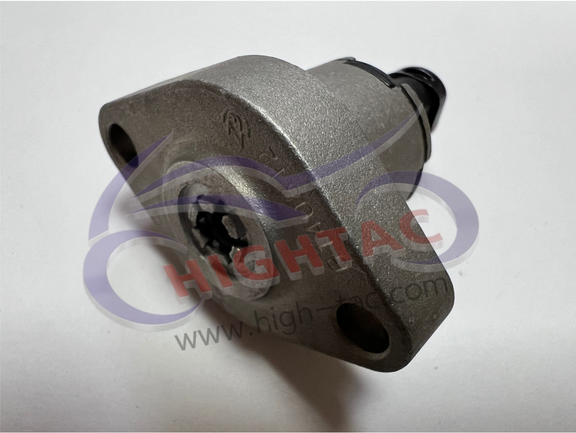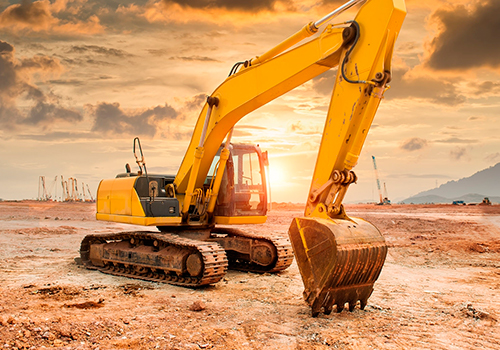Comprehensive Guide to Hydraulic Motorcycle Lift Parts
In the world of motorcycle maintenance, having the right equipment is crucial. One of the essential tools for any motorcycle enthusiast or professional mechanic is the hydraulic motorcycle lift. However, to ensure your lift functions optimally and safely, understanding and maintaining its parts is key. This comprehensive guide will delve into everything you need to know about hydraulic motorcycle lift parts, their importance, and how to maintain them effectively.
Introduction to Hydraulic Motorcycle Lifts
Hydraulic motorcycle lifts are designed to raise motorcycles to a comfortable working height, allowing for easier access to various parts of the bike for maintenance and repairs. These lifts use hydraulic power to elevate the motorcycle, providing a stable and secure platform.
Benefits of Using Hydraulic Motorcycle Lifts
- Ease of Use: Hydraulic lifts are user-friendly and require minimal effort to operate.
- Safety: They provide a stable platform, reducing the risk of accidents during maintenance.
- Efficiency: By raising the motorcycle to a comfortable height, they reduce strain on the mechanic, increasing productivity.
Key Hydraulic Motorcycle Lift Parts
Understanding the various components of a hydraulic motorcycle lift is essential for proper maintenance and troubleshooting. Here are the main hydraulic motorcycle lift parts:
1. Hydraulic Pump
The hydraulic pump is the heart of the lift. It generates the hydraulic pressure needed to lift the motorcycle. There are two types of pumps commonly used:
- Manual Pump: Requires physical effort to operate.
- Electric Pump: Powered by electricity, providing a more effortless lifting experience.
2. Hydraulic Cylinder
The hydraulic cylinder is responsible for converting the hydraulic pressure from the pump into mechanical force, which lifts the motorcycle. It is a critical component that requires regular inspection for leaks and wear.
3. Lift Table
The lift table is the platform where the motorcycle is placed. It must be sturdy and have a non-slip surface to ensure the motorcycle remains secure during lifting and maintenance.
4. Safety Lock Mechanism
The safety lock mechanism prevents the lift from accidentally lowering while a motorcycle is elevated. It is a vital safety feature that ensures the stability of the lift during use.
5. Foot Pedal
The foot pedal is used to operate the hydraulic pump, allowing the mechanic to raise or lower the lift without using their hands. This part must be responsive and easy to use.
6. Release Valve
The release valve controls the lowering of the lift. It allows the hydraulic fluid to return to the reservoir, gradually lowering the motorcycle back to the ground. Proper function of the release valve is crucial for safe operation.
7. Wheels and Casters
Wheels and casters are attached to the base of the lift, providing mobility. This allows the lift to be easily moved around the workshop. They must be sturdy and capable of supporting the lift's weight.
Maintenance Tips for Hydraulic Motorcycle Lift Parts
Regular maintenance of your hydraulic motorcycle lift parts is essential to ensure their longevity and safe operation. Here are some tips to keep your lift in top condition:
1. Regular Inspection
Conduct regular inspections of all hydraulic motorcycle lift parts. Look for signs of wear, damage, or leaks, particularly in the hydraulic cylinder and pump.
2. Lubrication
Ensure that all moving parts, such as the foot pedal and release valve, are adequately lubricated. This will prevent wear and ensure smooth operation.
3. Fluid Levels
Check the hydraulic fluid levels regularly. Low fluid levels can affect the lift's performance and cause damage to the hydraulic system. Top up the fluid as needed, using the recommended type of hydraulic fluid.
4. Cleaning
Keep the lift clean and free from debris. Dirt and grime can cause damage to moving parts and affect the lift's operation.
5. Safety Lock Mechanism
Regularly test the safety lock mechanism to ensure it engages properly. This is crucial for the safety of the lift during use.
6. Wheels and Casters
Inspect the wheels and casters for signs of wear and ensure they are securely attached. Replace any damaged or worn wheels to maintain the lift's mobility.
Troubleshooting Common Issues with Hydraulic Motorcycle Lift Parts
Even with regular maintenance, issues can arise with hydraulic motorcycle lift parts. Here are some common problems and their solutions:
1. Lift Not Rising
- Cause: Low hydraulic fluid, air in the hydraulic system, or a faulty pump.
- Solution: Check and top up the hydraulic fluid, bleed the system to remove air, and inspect the pump for issues.
2. Lift Not Lowering Smoothly
- Cause: Blocked release valve or low hydraulic fluid.
- Solution: Clean or replace the release valve and check the hydraulic fluid levels.
3. Hydraulic Leaks
- Cause: Damaged seals, hoses, or connections.
- Solution: Inspect and replace any damaged parts, ensuring all connections are secure.
4. Unstable Lift Table
- Cause: Worn or damaged lift table or safety lock mechanism not engaging properly.
- Solution: Inspect and replace the lift table if necessary, and test the safety lock mechanism.
Conclusion
Hydraulic motorcycle lift parts are essential for the safe and efficient operation of your lift. Regular maintenance and understanding how each component works will ensure your lift remains in top condition, providing a reliable platform for all your motorcycle maintenance needs. By following the tips and troubleshooting advice provided in this guide, you can keep your hydraulic motorcycle lift parts functioning optimally, ensuring a safe and productive workshop environment.
Understanding and maintaining your hydraulic motorcycle lift parts is not only crucial for the longevity of the lift but also for the safety of the user. Whether you are a professional mechanic or an avid motorcycle enthusiast, investing time in regular maintenance and being aware of common issues will save you time and money in the long run. So, keep this guide handy, and ensure your hydraulic motorcycle lift is always ready for the task at hand.



